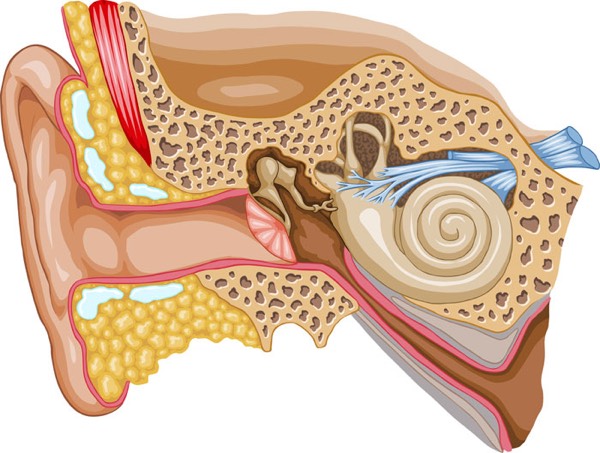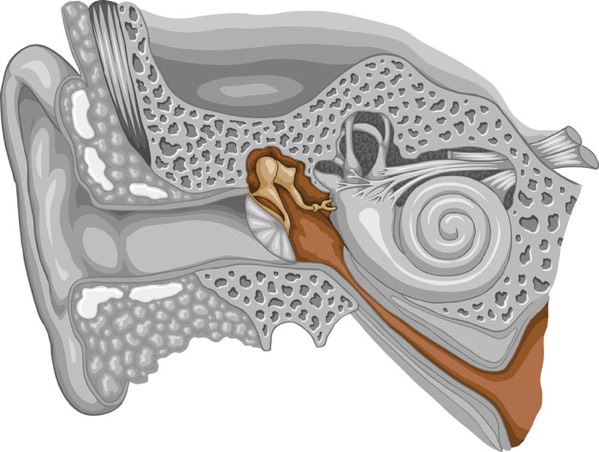Parts of the Ear and their Functions
The ear consists of three sections: the outer ear, middle ear and inner ear. Each plays an important role in hearing.
OUTER EAR FUNCTION
The outer ear is called the auricle or pinna. It is the external portion visible to others and is responsible for collecting sound waves and funneling them into the ear canal. There, they are amplified and sent to the eardrum, causing it to vibrate.
MIDDLE EAR FUNCTION
The middle ear consists of the auditory canal and tympanic membrane. When the eardrum vibrates, it stimulates movement of the ossicles, a trio of tiny bones.
INNER EAR FUNCTION
The inner ear contains the cochlea, a fluid-filled structure where vibrations transmitted from the eardrum cause hair cells to move. This movement is converted to electrical impulses that traverse up the auditory nerve to the brain. There, the brain interprets the electrical impulses as sound and the hearing process is complete.




What Are the Symptoms of Hearing Loss?
Hearing loss isn’t always easy to detect. Symptoms often develop gradually and your brain learns to adapt, so you might not even notice there is anything wrong until your condition has advanced. Learning to recognize the signs early will improve your odds of successful treatment. Here are 10 signs you might have hearing loss.
- People seem to mumble when they speak.
- You often ask people to repeat themselves.
- You experience tinnitus (ringing in your ears).
- Others complain that you are watching TV or listening to music too loudly.
- You are unable to hear everyday household sounds (e.g., ringing doorbell).
- You have trouble following conversations in a large group setting, especially when background noise is present.
- You have difficulty hearing when you are not facing the speaker.
- You have trouble understanding every word in a conversation.
- Telephone conversations are difficult for you to follow.
- Others accuse you of speaking too loudly.

How Is Hearing Loss Treated?
The most common treatment for hearing loss is a hearing aid. Your audiologist will work closely with you to take into account several factors – the type and severity of your hearing loss, your lifestyle, the size and shape of your outer ears and inner ear canals and your manual dexterity – in order to determine the best hearing device for you.
Treatment Options
